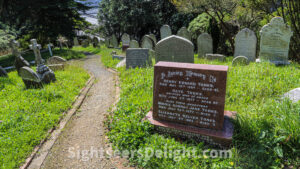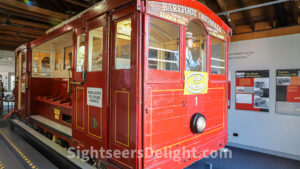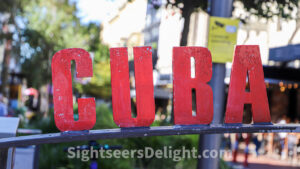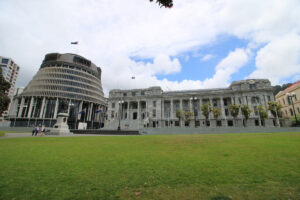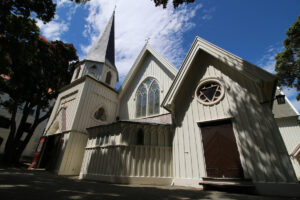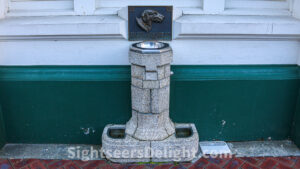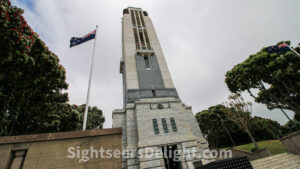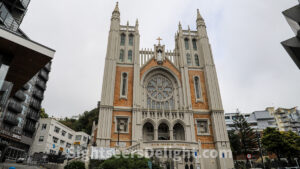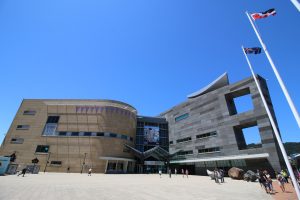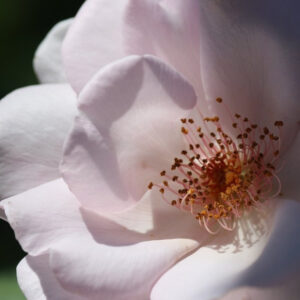Bolton Street Memorial Park, formerly known as Bolton Street Cemetery, is the oldest cemetery in Wellington, New Zealand. Dating back to 1840, many notable people are buried here.
The Cable Car Museum opened in December 2000 in the former winding house, which operated from 1902 until 1978, at the Kelburn end of the Wellington Cable Car. The museum houses a pair of original grip cars that once ran along the line. No. 1 is in red 1970s livery and features contemporary advertising, while No. 3 was restored in 2005 to a green livery dating to circa 1905; a San Francisco Cable Car bell was also added. If nothing else, the area around the museum offers some of the best views of Wellington.
In some ways, Cuba Street is the heart of Wellington. The Bohemian street is home to what is usually described as an eclectic mix of shops, cafes, bars and restaurants. The thoroughfare is named in honor of early New Zealand Company barque, which arrived in Wellington on Jan. 3, 1840. The city closed the middle section of the street to traffic in 1969, making it a pedestrian-only mall, one of the busiest hubs for pedestrians in Wellington. Since 1995 Cuba Street has been registered as a historic area under the Historic Places Act 1993.
New Zealand Parliament is comprised of a series of buildings, including the recognizable Beehive. The complex also includes the Edwardian neoclassical-style Parliament House, which dates to 1922. For anyone interested in learning more about the New Zealand Parliament, visitors can take a tour of the complex. Tour guides offer a history of the legislative body and bring visitors to committee rooms and the floor of parliament.
Old St Paul’s was built in 1865-66 and constructed from New Zealand native timbers. Rev. Frederick Thatcher designed the Gothic Revival structure, which served as the Diocese of Wellington of the Anglican Church between 1866 and 1964. The building was nearly demolished in the 1960s. However, a civic organization formed to save the structure from demolition.
In Wellington, New Zealand, Queens Wharf is home to a monument to a dog who took on a larger-than-life personality. During his life, Paddy the Wanderer, an Airedale Terrier, befriended cabbies, workers and seamen. The Wellington Harbour Board adopted Paddy and bestowed him the title of the assistant night watchman. Paddy was tasked with keeping guard against “pirates, smugglers and rodents.” After he died on July 17, 1939, at Harbour Shed no. 1, the locals honored Paddy with a parade. In 1945, Paddy’s friends built a memorial to the pooch with stones from London’s Waterloo Bridge, bombed during World War II. It includes a bronze likeness, a drinking fountain and drinking bowls below for dogs.
Pukeahu National War Memorial Park honors New Zealanders who served overseas and commemorates the more than 30,000 New Zealanders who died during a conflict. It was created in 2015 to enhance the National War Memorial. “Pukeahu is a special place for New Zealanders and visitors to reflect on this country’s experience of conflict and our role in peacekeeping and how this has helped shape our national identity,” Deputy Chief Executive Delivery, Manatū Taonga Ministry for Culture and Heritage Tamsin Evans said in a December 2018 news release.
St. Mary of the Angels sits on the site of Wellington’s first Catholic Church, established in 1843, and is the third church to occupy the site. The church opened on March 26, 1922, replacing a building that burned in May 1918. Construction started in April 1919, and the church’s contractor, H.E. Manning, went bankrupt during construction. Father Stanislaw Mahoney, the parish priest, and a close friend, Martin Maloney, worked with a group of largely unskilled workers to complete the church.
New Zealand’s national museum, Te Papa Tongarewa, opened in 1998 on Wellington’s waterfront. The museum, a celebration of New Zealand’s identity – the people, culture and environment, features hi-tech and traditional displays. As well as significant collections of New Zealand art, the 16,000-plus taonga / treasures looked after by Te Papa are the largest Māori collection in any museum and cover a broad spectrum of Māori art and culture, from revered and significant cultural heirlooms through to humble everyday items dating from early pre-European times to today. In 2017, the museum was named as one of the top 25 museums in the world by TripAdvisor – the only museum in Australasia to be included.
The 25-hectare Wellington Botanic Garden in Wellington on the side of the hill between Thorndon and Kelburn. The garden, established in 1868 and classified as a Garden of National Significance by the Royal New Zealand Institute of Horticulture, features a range of protected native forests, plants and seasonal displays. It also features a variety of non-native species, including the extensive Lady Norwood Rose Garden.

